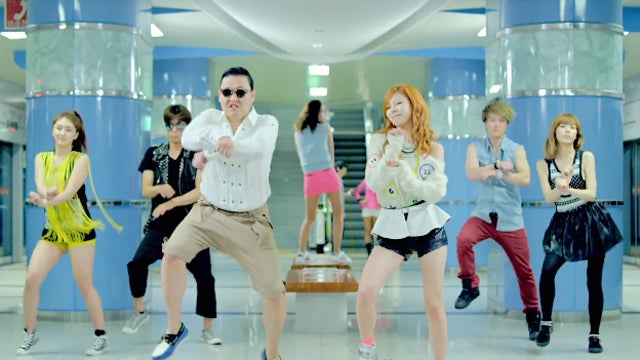While staying in Yokohama, my friend and I took a side trip for two days and one night to Jigokudani Yaenkoen, or Snow Monkey Park. It was one of the things I absolutely did not want to miss when I visited Japan so, despite the distance we went anyway. In fact, Jigokudani combines three of my favorite things: small animals, winter and baths. Although monkeys can be found throughout Japan the monkeys at Jigokudani are famous for relaxing in the area's natural hot springs. These monkeys are the only mammals in the world besides humans known to immerse themselves in hot water for recreation.
According to the park's website, after noticing that groups of monkeys were sitting in small hot spring pools during the winter, villagers worked to enlarge these pools and, as the same monkey groups returned year after year, began supplementing the monkeys' diets with grains during the winter. The park was born out of this connection and the regularity of the monkey tribe's movements has allowed scientists to study these monkeys more in-depth. The species to which these monkeys belong is that of Japanese Macaques and they are known to travel in large family groups under one king or leader. However, the website makes clear that these are still wild animals and tourists should be wary, especially when photographing or getting near mothers and babies.
The monkey park is located in the mountains around Nagano, a city north-west of Tokyo. Nagano is now known for its many ski-resorts, but long before the ski resorts or monkey park were drawing tourists this area's hot springs were a destination for Japanese vacationers. So, while traveling to see the monkeys, we took the chance to fulfill one of my other wishes: to visit a Japanese onsen (natural hot spring bath).
The town we stayed in was called Shibu Onsen. It was within walking distance of the monkey park and had only three or four streets lined from end to end with ryokan (traditional Japanese inns). This was a real onsen town, completely organized around the tourist industry with a few farms here and there. In my research I learned that there is a whole culture surrounding ryokan, whose closest western equivalents are bed and breakfasts. When staying at a ryokan you pay per person per night with the price being higher or lower depending on the number of tatami mats in your room (aka the room size) and the level of your meals (most ryokan I looked at had 2 or 3 levels of meals that you could choose from).
Most places were full by the time we were making our reservations, but we managed to book a 9-mat room at Senshinkan Matsuya Ryokan. We opted for breakfast and dinner at the first level which was delicious anyway. Both meals involved several courses including sashimi, miso, a meat dish, an egg dish, pickled fruit, noodles, rice, tea and dessert. We were only staying for one night, but it was enough to enjoy the peaceful austerity of the ryokan. The hostess offered us tea when we first arrived, showed us around our rooms and showed us how to take the bus to the snow monkey park. When we returned that evening our host asked us what time we would like to have dinner, then at 6:30 sharp, we received a call from the dining room telling us our dinner was served. I'm not much of a foodie, but trying all the different flavors in the meal was fun and the ryokan itself was a beautiful, old building.
 |
| The view from our room at Senshinkan Matsuya Ryokan. |
 |
| Our tatami room at Matsuya included a kotatsu — a table with a blanket placed around the edge and a heat source underneath to keep you toasty while you sit. |
 |
| At the beginning of our hike up to the snow monkey park. |
 |
| The mountain was covered in tall, thin pines. |
After our hike back and dinner I wanted to go check out the baths that give Shibu Onsen its name. Shibu Onsen is home to 9 public hot spring baths and multiple ryokans, each of which has its own private baths as well. Residents of the town and those staying at ryokan are given a bathhouse key which unlocks the doors of every bathhouse in the town. Each bath is said to be beneficial for a different ailment and visiting all of them in order is said to give the bather good luck. I didn't have much time after dinner so I didn't go to all the baths. I decided to skip the ones labeled skin diseases and stomach sickness just in case. To go to the baths I put on my cotton yukata from the ryokan and grabbed a towel and bathhouse key. At first I tried to use the wooden sandals (the kind with two wodden slats on the bottom), but after stumbling in them for a block I went back and traded them for regular flip-flops, making the host laugh.
 |
| Trying on my yukata. |
 |
| How many snow monkeys can you spot? |





















































